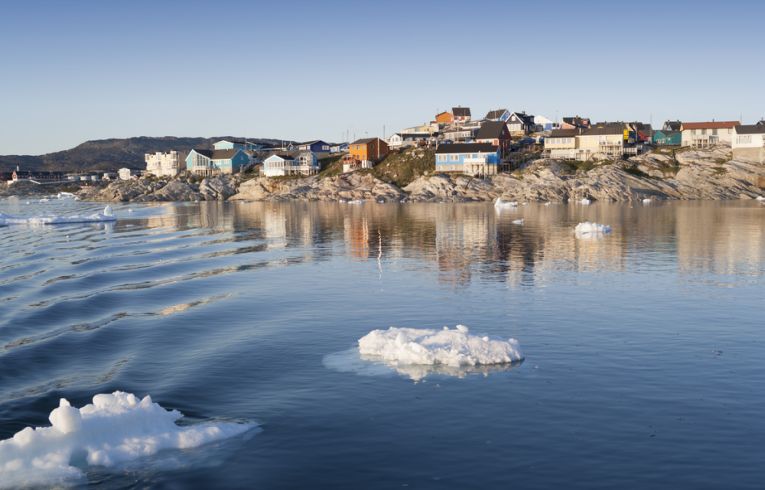We now have capability to show past present and future weather systems and make accurate assumptions about their effects. For the 6 years after 2006, the north of Europe suffered wet summers with extraordinary floods and "rivers" in the sky, transporting great volumes of water. To simulate reality a little, computer models artificially displaced a make-believe jet stream to the south and were found to mimic the same deluge of rain for the same geographical area. Arctic sea ice formation was also modelled in the same fashion, with the extreme lows of 2012 proving to be especially significant in producing heavy rainfall.
These 6 summers were all wetter than average, while Mediterranean Europe and NW Scandinavia were all drier. The wettest 2012 and 2007 was in England and Wales where record rainfall was recorded, level with or more than in the late 1950s and the late 1920s. Theories including the effects of reduced Hudson's Bay sea ice and low spring snow cover over North America see to be less relevant than closer events, but the correlation analyses indicate strong connections. The cause remains to be discovered.
Simulations don't mimic the reality of weather. They simply show whether a mechanism relates cause and effect. JA.Screen of Exeter University wrote the paper in Environmental Research Letters. He explains that the loss of sea ice is probably linked to the increased rainfall. The great amount of flooding could indeed be caused by the loss of ice. With slightly more solid ice remaining this year, we can hope for rather less of the floods and perhaps a return to less drought-stricken times too, when the jet stream is displaced north of its normal track. These extremes are all caused by human carbon dioxide emissions and global warming, according to scientific wisdom, and this certainly can no longer be disputed in any logical way.
The logic of science can be applied with so many tools, increasing in effectiveness every time research is carried out. The logic of the so-called sceptics, in opposition, holds little appeal, apart from holding out hope of a reversal of flooding or adverse conditions. These hopes, I would guess, even without a model, are about to be dashed.










